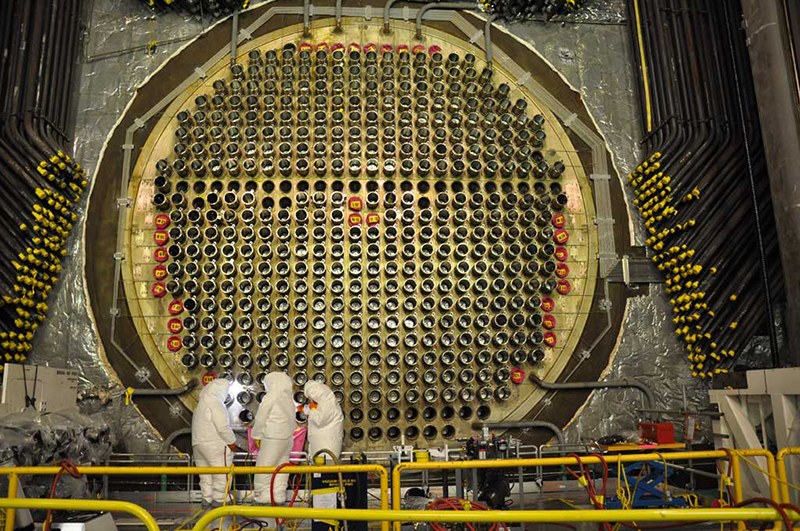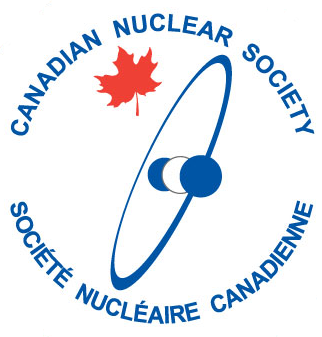How Jesse Freestone learned to stop worrying and love nuclear “waste”

I made everyone laugh at a Canadian Nuclear Society conference once when I told a story from my early days as a naive but enthusiastic materials scientist. I explained that I had looked out of the window of a small plane I was flying in and seen a crack in its skin. It had a hole neatly drilled through both its ends. To me this indicated that the plane had been inspected and was being appropriately maintained. It gave me great comfort. The accountant who happened to be sitting next to me and with whom I chose to share my discovery, interpreted it very differently. It was silly of me I know, but its possible that we may do this more than we might think. Without doubt when I work on proposals I see similar blunders all the time.
So sometimes it’s useful to get a different perspective and see how someone from outside the industry interprets what they see when they investigate us. And how they then try to explain what they found to others.
This video about “nuclear waste’ is a great example.
For a start it clearly separates out the different types of waste before homing in on the one that worries people most, used fuel. But then instead of focusing on all the things we do to keep it safe (which may well scare people) it focuses on putting the risks into context.
I particularly like the concept of time taken for the radiation emitted from a used fuel bundle to diminish to the point where you could cuddle with it while watching a movie. What a great measure of real risk. But I also like the way the narrator is filmed standing next to dry storage containers and looking directly at fuel bundles in a cooling pond.
There is no attempt to hide the risks or pretend they don’t exist, they are just calibrated in terms of how easy they are to manage. The movie points out that flying has many risks, but the airline industry manages them so that flying has becomes our safest from of transportation. People can see that and have grown comfortable with it. Unfortunately, people don’t normally get to see the nuclear industry at work and so have not had the opportunity to see the same rule applies and that the management of used fuel is so easy that no one has ever suffered from it nor has it caused any environmental damage. Giving the public direct exposure to the things we do will help them come to appreciate this.
Who knows….if we do enough of this …….my accountant friend might even come to understand that flaws exist in most materials, but by managing them we make our planes, tall buildings and bridges safe. An understanding that will likely become important as the industry seeks the extension of Pickering’s operations.
Please note, that neither I nor CNS have confirmed the data presented in this video though we have no reason to suspect they have anything wrong. And we agree, nowhere did anyone suggest that we should eat used fuel, only that after a relatively short period of time that ingestion is the only way that it could cause harm. To suggest that Chris Keefer said anything else, as someone did try to do, must be considered a rather pathetic attempt to discredit him. Fortunately it fails.
Popular Core Business Articles
- The important differences between Hazard, Danger, Risk and Fear when considering a Deep Geologic Repository for used nuclear fuel.
- Deep Geologic Repositories (DGRs)? Distressed purchase or Jewel in the Nuclear Crown
- An article by the Breakthrough Institute
- How do we quickly and succinctly explain why wind and solar are not cheap?
- The Titanic Fallacy

Leave a Reply
You must be logged in to post a comment.